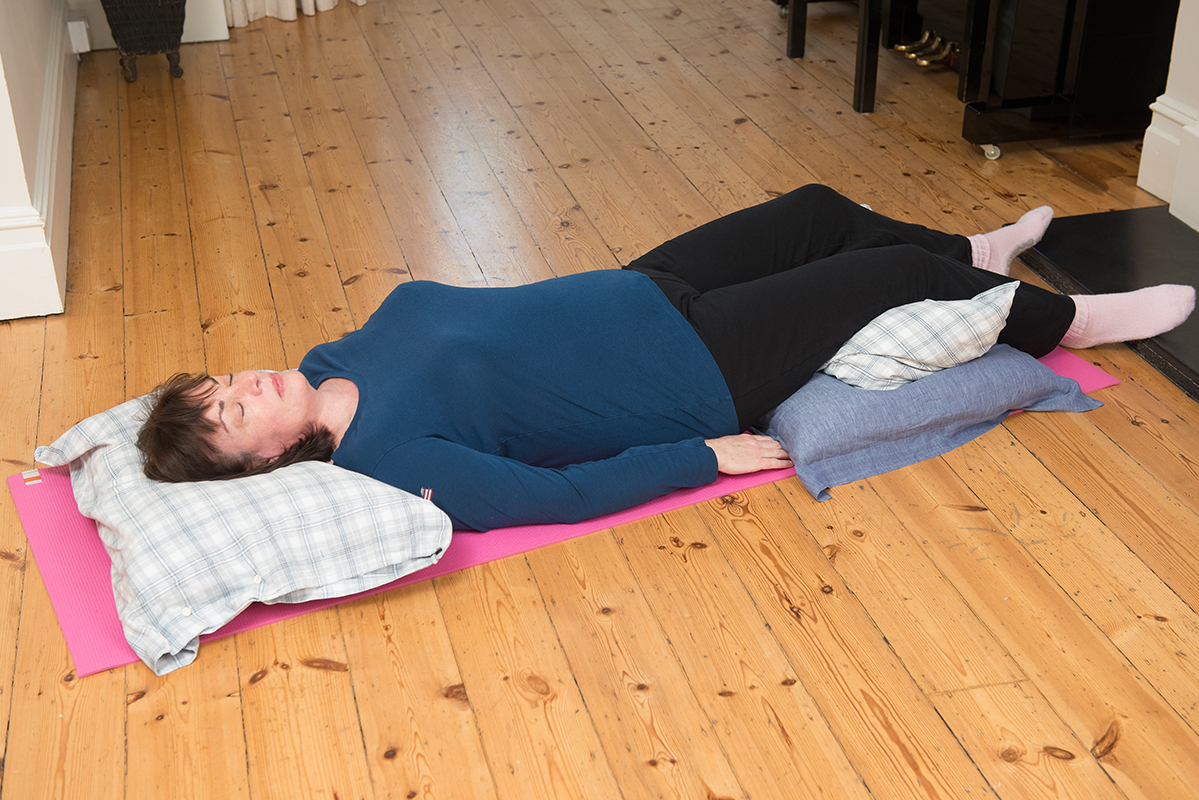
(1200 words | Simple and Easy English | Human Written)
Introduction
Lower back pain is a common problem for many people around the world. It can make daily life difficult, especially when it affects sleep. Poor sleep positions can make back pain worse. On the other hand, the right sleep position can help reduce pain and give your back the rest it needs. In this article, we will talk about the best sleep positions for lower back pain, how they help, and tips to improve your sleep quality.
Why Sleep Position Matters for Lower Back Pain
Your sleeping position can either help your back or harm it. When you lie in a position that puts pressure on your spine or muscles, it can lead to more pain. But if you choose a position that keeps your spine straight and relaxed, it can help ease the pain and let you sleep better.
Best Sleep Positions for Lower Back Pain
1. Sleeping on Your Back with a Pillow Under Knees
This is one of the best positions for people with lower back pain. When you sleep flat on your back, your weight is spread evenly. Placing a small pillow under your knees helps keep your spine in a neutral position.
Benefits:
- Keeps your back straight
- Reduces pressure on the spine
- Relaxes muscles
How to do it:
- Lie flat on your back
- Use a thin pillow for your head
- Place a soft pillow under your knees
2. Sleeping on Your Side with a Pillow Between Knees
Many people prefer to sleep on their side. This position can be very good for back pain if done correctly. The key is to keep the spine straight by placing a pillow between the knees.
Benefits:
- Keeps hips aligned
- Reduces pressure on the lower back
- Eases tension in the spine
How to do it:
- Lie on one side
- Keep knees slightly bent
- Place a firm pillow between your knees
3. Fetal Position (for Herniated Discs)
If you have a herniated disc, the fetal position can help. It opens up the space between your spine bones and reduces pressure.
Benefits:
- Eases pressure from discs
- Reduces pain during the night
- Keeps the spine curved naturally
How to do it:
- Lie on your side
- Pull your knees towards your chest
- Curl your body slightly like a ball
4. Sleeping on the Floor with a Mat
Some people find sleeping on a firm surface helps their back pain. You can try lying on a mat or hard mattress on the floor.
Benefits:
- Helps with posture
- Reduces soft surface sinking
- Gives the spine a flat surface
How to do it:
- Use a yoga mat or thin mattress
- Lie flat on your back
- Try placing a pillow under your knees
5. Reclined Position (in a Recliner Chair or Adjustable Bed)
For some people, sleeping in a slightly upright position helps. This is useful for those with isthmic spondylolisthesis or other lower back issues.
Benefits:
- Reduces stress on the spine
- Helps hips and back stay relaxed
- Good for people who cannot lie flat
How to do it:
- Use a recliner chair
- Or adjust your bed to a slight sitting position
- Support your lower back with a cushion
Tips for Better Sleep with Lower Back Pain
1. Use the Right Mattress
A mattress that is too soft or too hard can cause pain. Choose a medium-firm mattress that supports your body without letting it sink.
2. Keep Your Spine Straight
No matter what position you choose, make sure your spine stays in a natural line. Avoid twisting your waist or neck.
3. Use Pillows for Support
Pillows are not just for your head. Use them under your knees, between your legs, or behind your back for extra support.
4. Try Heat Therapy Before Bed
A warm shower or heating pad on your lower back can help relax muscles and reduce pain before sleeping.
5. Do Gentle Stretching
Light stretching or yoga before bed can improve flexibility and reduce tension in the lower back.
5 FAQs About Best Sleep Positions for Lower Back Pain
Q1: What is the best position to sleep in if I have lower back pain?
A: Sleeping on your back with a pillow under your knees is best. It keeps your spine aligned and reduces pressure on your lower back muscles.
Q2: Can sleeping on the side help with lower back pain?
A: Yes, sleeping on the side with a pillow between your knees can reduce pressure on your spine and keep your hips in line.
Q3: Is a firm mattress better for lower back pain?
A: A medium-firm mattress is usually best. It supports your body without being too hard or too soft, helping reduce back pain.
Q4: Can the fetal position help with back pain at night?
A: Yes, the fetal position can help, especially for people with herniated discs. It reduces pressure on the spine and eases pain.
Q5: How many pillows should I use to sleep better with back pain?
A: Use one pillow for your head, and extra pillows under your knees or between your legs for better support and less pain.
Conclusion
Sleeping with lower back pain can be hard, but choosing the right position can make a big difference. Whether you sleep on your back, side, or in a reclined position, keeping your spine aligned is most important. Use pillows to support your body, and pick a good mattress to avoid extra pressure on your back. Don’t forget to stretch or use heat before bed. These small changes can help you sleep better and feel less pain. Try different positions and find what works best for you. Sleep is important for healing, and your back deserves good rest.
